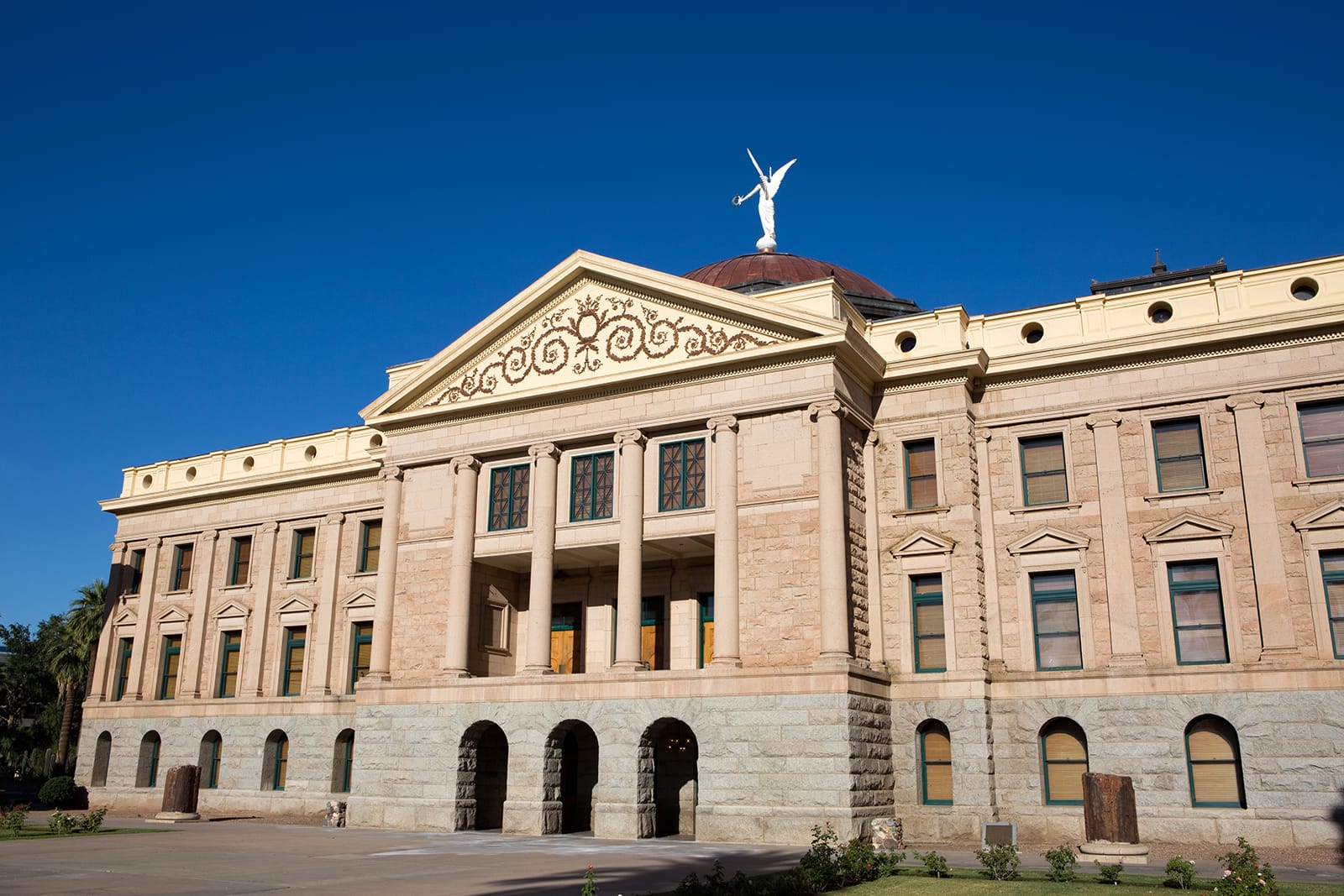Policy
Arizona’s New Water Framework Revives Housing Prospects
After a yearlong construction freeze, Arizona finally has a path forward. A new water framework could unlock 60,000 homes — and redefine how growth happens in the desert.

A severe groundwater shortage has thrown a wrench into Arizona’s growth machine, putting half a million new homes in construction limbo at a time the state is grappling with a housing deficit.
Centered on the fast-growing suburbs of the Phoenix metropolitan area, the crisis pits the state’s future development against the stubborn limits of its groundwater supply.
While other parched western states like Colorado, Utah, and Nevada also face water shortages, Arizona stands alone in imposing a statewide moratorium on new housing subdivisions.
This move prompted homebuilders to sue the state this year.
In a significant breakthrough, however, Governor Katie Hobbs announced a new path forward in early October that could unlock tens of thousands of homes and serve as a model for future development.
Utility company EPCOR became the first in 25 years to receive a new 100-year Alternative Designation of Assured Water Supply under a framework designed to balance growth with conservation.
This ADAWS Designation is going to save water, it is going to support sustainable economic growth, and it is going to create more housing," Hobbs said in the announcement. "Today, we are again demonstrating that Arizona can, and will, continue to grow our economy while protecting our water."
The designation will provide enough water for an estimated 60,000 new homes in the West Valley, including Buckeye, one of the areas hit hardest by the moratorium.
EPCOR achieved this by demonstrating it has a diverse portfolio of water sources, including Colorado River water and recycled wastewater, that does not depend solely on the region’s depleted aquifers.
Only a Part of a Solution
The EPCOR deal represents one piece of a much larger and more complex puzzle.
The 2023 construction pause left nearly 500,000 homes in limbo — roughly 300,000 lots where developers were seeking water confirmation, and another 162,000 potential homes on state-owned land. This sudden halt to construction intensified an already acute housing shortage.
Arizona, once a bastion of affordability, has seen its cost of living rise above the national average, according to a 2025 report from Arizona State University’s Morrison Institute for Public Policy.
While new home construction hit a record high in 2023, housing costs outpaced earnings, leading to a 22% decline in home purchases compared with the prior year.
These issues are undeniably the issues that are shaping our state's economic trajectory and defining quality of life for all of our residents," said Andrea Whitsett, the institute's executive director, in announcing the report.
Why the Moratorium
The decision was based on state modeling that concluded that without intervention, projected groundwater demand in the Phoenix area would outstrip supply by nearly 4.9 million acre-feet over the next century.
This action is rooted in Arizona’s pioneering 1980 Groundwater Management Act, which requires developers to prove they have an assured 100-year water supply before building—a threshold the state determined could no longer be met in many areas.
Builders and Lawmakers Sue
The moratorium sparked a fierce political and legal battle. Earlier this year, the Home Builders Association of Central Arizona sued the Hobbs administration, arguing the ADWR overstepped its authority and created an illegal ban on construction.
The Goldwater Institute also sued on behalf of the association.
It's stopped new home construction in some of the fastest growing and most affordable areas of Maricopa County," Jon Riches, an attorney for the Goldwater Institute, argued in a September court hearing.
In a March 2025 press release, Arizona House Speaker Ben Toma characterized the ADWR as a "rogue agency" and the water requirements as an "illegal tax."
State officials have defended their actions as necessary for responsible planning.
We're in an era of limits," ADWR Director Tom Buschatzke reportedly said at a January meeting in Buckeye.
Buschatzke has argued that the state cannot simply "rubber-stamp new developments" without considering the impact on existing residents' water supplies.
The new ADAWS program represents a middle ground. ADWR Director Buschatzke said it is the "culmination of a challenging public stakeholder process that kept protection of Arizona’s groundwater supplies as a top priority." He commended stakeholders for being "intensely engaged and determined to find that next adaptation of water policy that allows incremental, sustainable growth."
EPCOR Senior Vice President Sean Bradford emphasized the program’s accountability.
Becoming designated truly creates total accountability for the replenishment of our water portfolio, leaving us close to a net neutral impact on Arizona's groundwater resources," Bradford said in the announcement.
While the EPCOR deal is a significant step, it applies to only a fraction of the homes still stalled. The broader crisis has forced a difficult conversation about the state’s future, questioning the sustainability of its decades-long pattern of sprawling growth.
Urban planners suggest the moratorium could be an opportunity to encourage denser, more water-efficient development within existing city limits, preserving the surrounding desert habitat.
For now, though, developers and policymakers are grappling with how to provide affordable homes in a state where water, not land, has become the ultimate constraint.
MORE IN Policy
Oklahoma City’s Boom Triggers Suburban Housing Demand Surge
A diversifying economy and billions in new investment are reshaping Oklahoma City. But rapid growth has created a housing shortfall that’s now spreading to the suburbs.
Texas Pro Housing Advocates Flip The Script On Local NIMBYs
As Dallas and other municipalities work to re-engineer zoning to thwart state-legislated higher-density, multifamily neighborhood development, affordability champions point to California as a cautionary tale.
Nashville Leaders Unite Behind Density Push, Critics Push Back
Music CIty advances a sweeping zoning reform plan to allow “missing middle” housing types citywide, aimed at adding 91,000 new homes. Supporters say it's a step to address affordability and inclusion. Critics warn the city is overstating growth projections and favoring developers.
